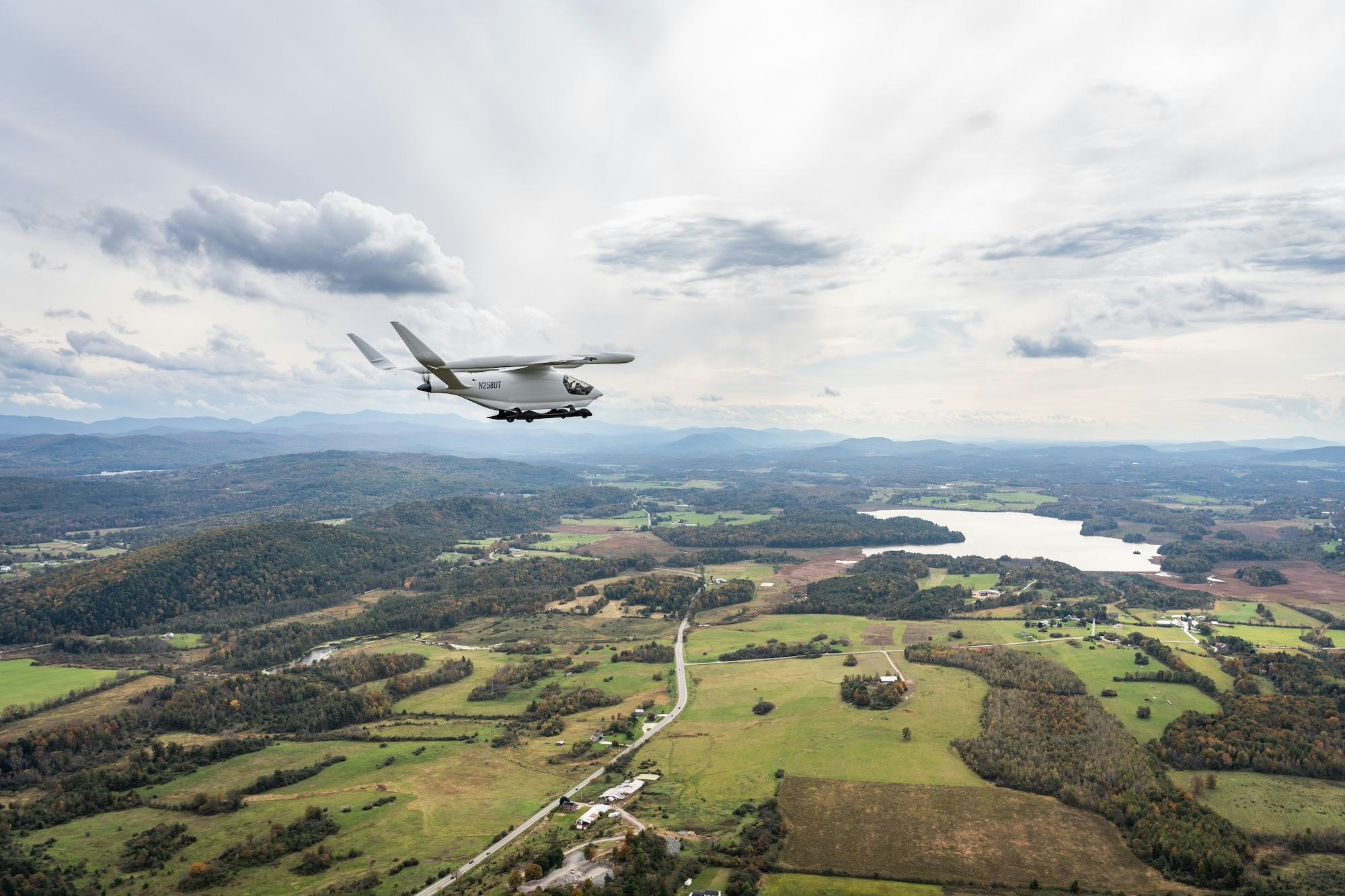
AeroGenie: il tuo copilota intelligente.
Tendenze
Categories
Operating Costs Compared: Airbus A380 and Boeing 747
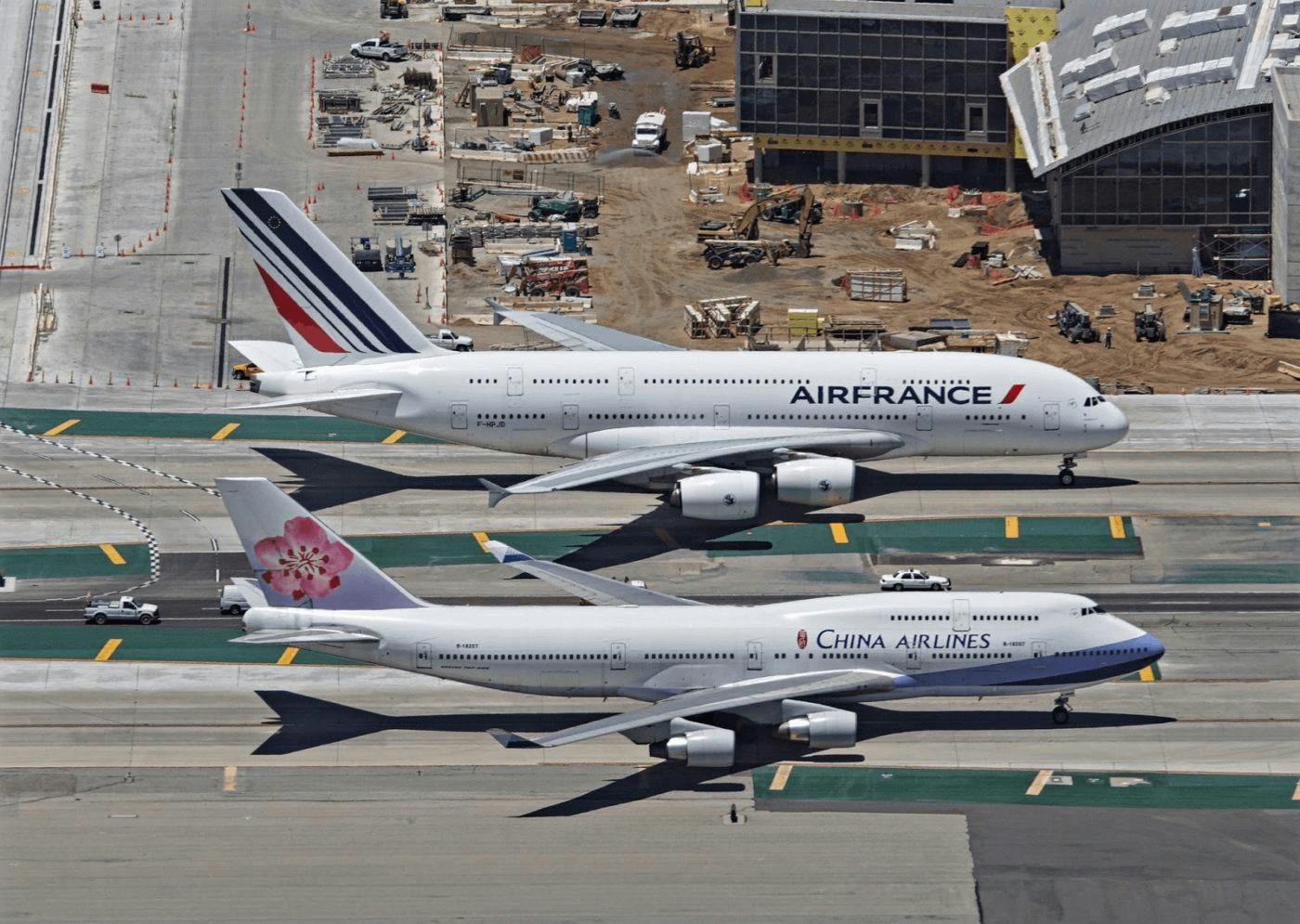
Operating Costs Compared: Airbus A380 and Boeing 747
The Boeing 747-8i and Airbus A380 represent two of the most ambitious projects in commercial aviation history. The 747-8i, introduced in 2011 as the final iteration of the iconic 747 series, concluded its production with the last delivery in 2023. The Airbus A380, the largest passenger aircraft ever built, entered service in 2007 and saw its final delivery in 2021. Despite their technological advancements and engineering feats, both aircraft programs failed to meet commercial expectations, with neither manufacturer likely to recover the substantial development costs incurred.
Today, these superjumbos have become increasingly rare in commercial passenger service. Approximately 29 Boeing 747-8is remain active, many of which are parked, while around 186 Airbus A380s continue to operate, with a number also held in storage. This decline reflects a broader market shift favoring more efficient, next-generation twin-engine aircraft such as the Boeing 787 Dreamliner and Airbus A350, which better align with contemporary airline economics and operational flexibility.
Market Realities and Operator Experiences
The Boeing 747-8i, an evolution of a design dating back to the 1960s, struggled to attract a broad customer base, with only 34 passenger variants sold—more than half of which went to Lufthansa. The majority of 747-8 production focused on freighter models. In contrast, the Airbus A380 was a clean-sheet design intended to revolutionize long-haul travel, yet it secured only 251 orders and never saw a freighter version enter service.
Airlines that invested heavily in these superjumbos have often expressed regret. By 2022, carriers such as Air France, Malaysia Airlines, and China Southern had retired their A380 fleets, while Lufthansa and others have significantly reduced their numbers. Qatar Airways notably described the A380 as its “biggest mistake,” although Emirates remains a prominent exception, continuing to operate and support the aircraft extensively. On the 747-8i front, most remain in service, except for Korean Air, which has sold half its fleet to the Sierra Nevada Corporation for use by the U.S. Air Force. Korean Air’s broader plans to retire its 747-8s, A380s, and older 777s have been delayed due to setbacks in acquiring replacements such as the 787, 777X, and A350.
Complexities in Cost Comparison and Industry Challenges
Assessing the operating costs of the A380 and 747-8i involves numerous variables, including seating configurations, route lengths, passenger demand, premium cabin ratios, and airport fees. Operational context plays a critical role in determining cost efficiency, as illustrated by Delta Air Lines’ experience with the Boeing 717, which benefited from existing expertise with the MD-95 platform.
While the A380, as a newer clean-sheet design, generally offers certain operational advantages over the updated 747-8i, both aircraft face persistent financial and operational pressures. Recent financial disclosures underscore these challenges: Spirit AeroSystems reported increased operating losses in the second quarter of 2025, largely attributed to asset transfers to Airbus. Boeing, meanwhile, narrowed its losses during the same period, supported by higher 737 deliveries and a strategic reset of its business operations.
Technical issues further complicate the operational landscape. Airbus is currently investigating a potential slat bonding defect on the A380 following recent inflight incidents, a development that could increase maintenance costs and undermine airline confidence in the aircraft.
Conclusion
The Airbus A380 and Boeing 747-8i once embodied the future of long-haul air travel, showcasing remarkable engineering and scale. However, their high operating costs, limited market demand, and ongoing technical and financial challenges have confined them to niche roles within the industry. The commercial aviation sector’s shift toward more efficient, flexible twin-engine jets highlights the evolving economic realities shaping the future of air travel.
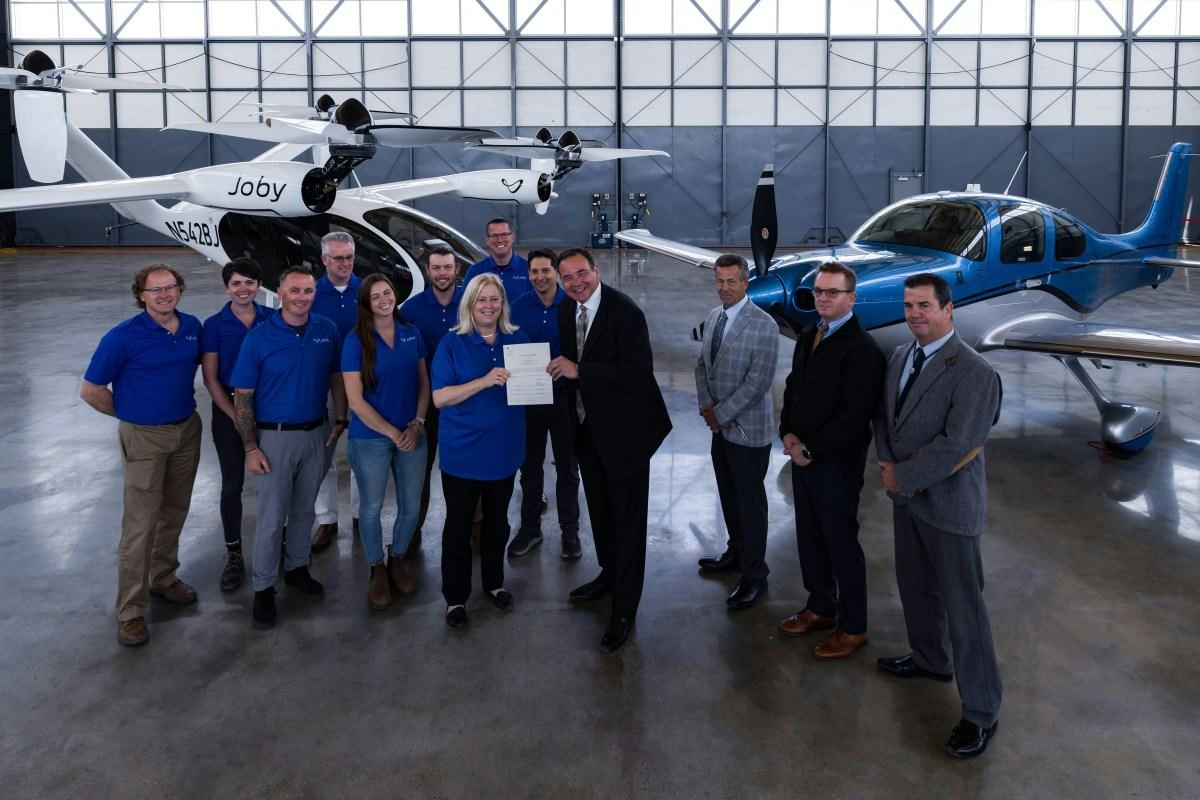
Joby Receives First CAE Flight Simulator to Enhance Air Taxi Pilot Training in Marina
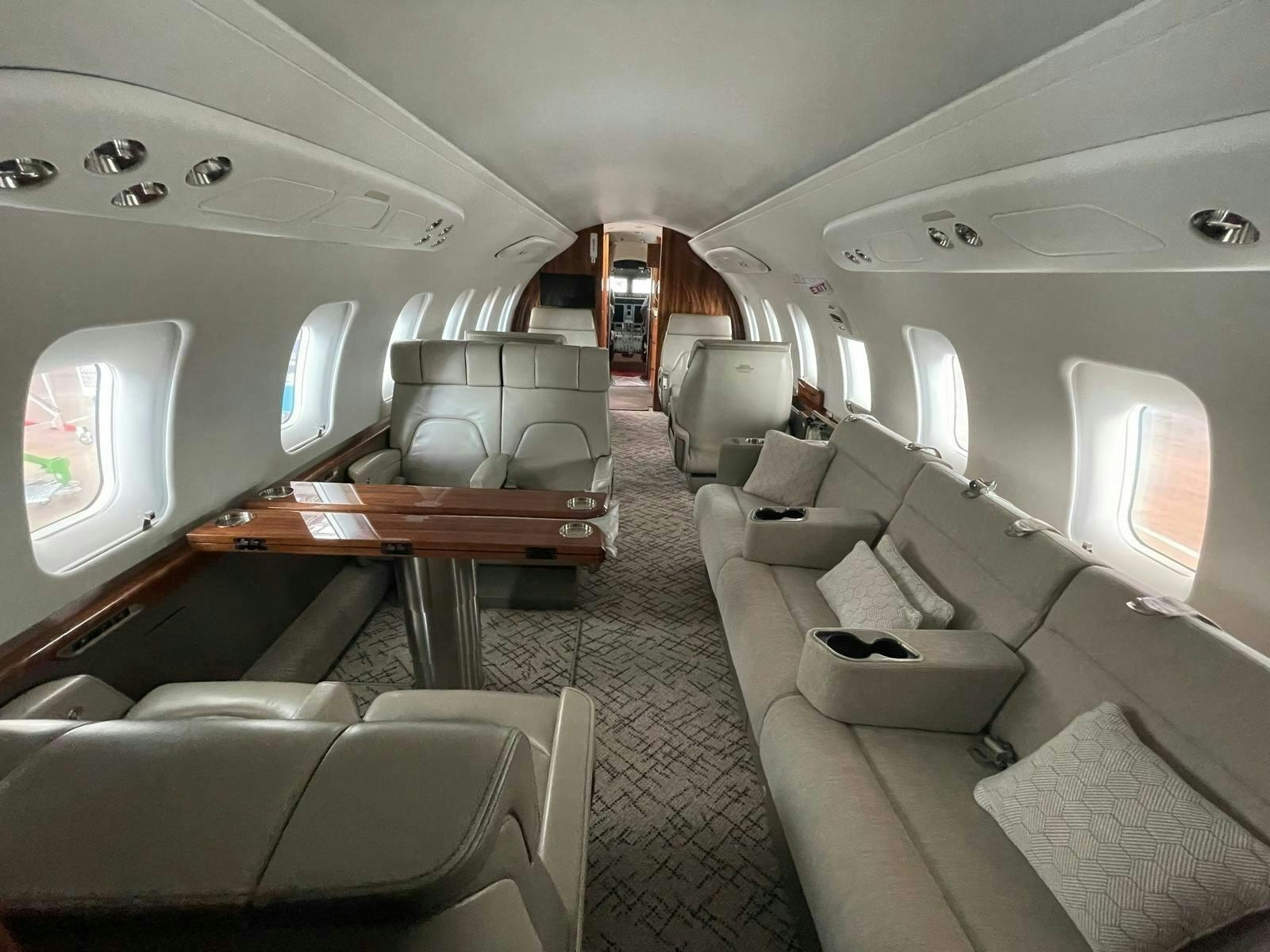
Nomad Technics Completes Maintenance on Challenger 650
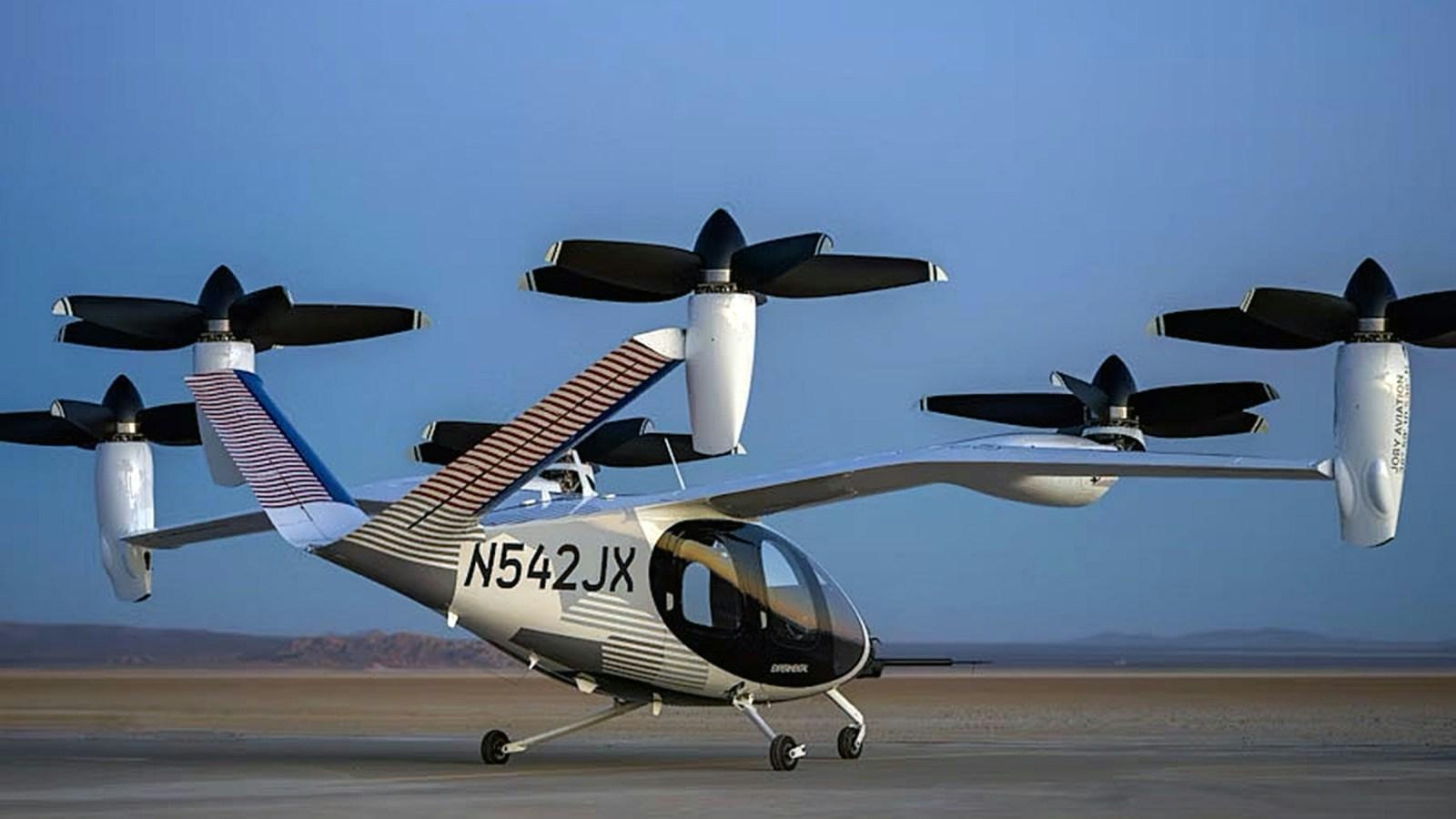
Joby Aviation Prepares for Air Taxi Pilot Training Ahead of CES 2026
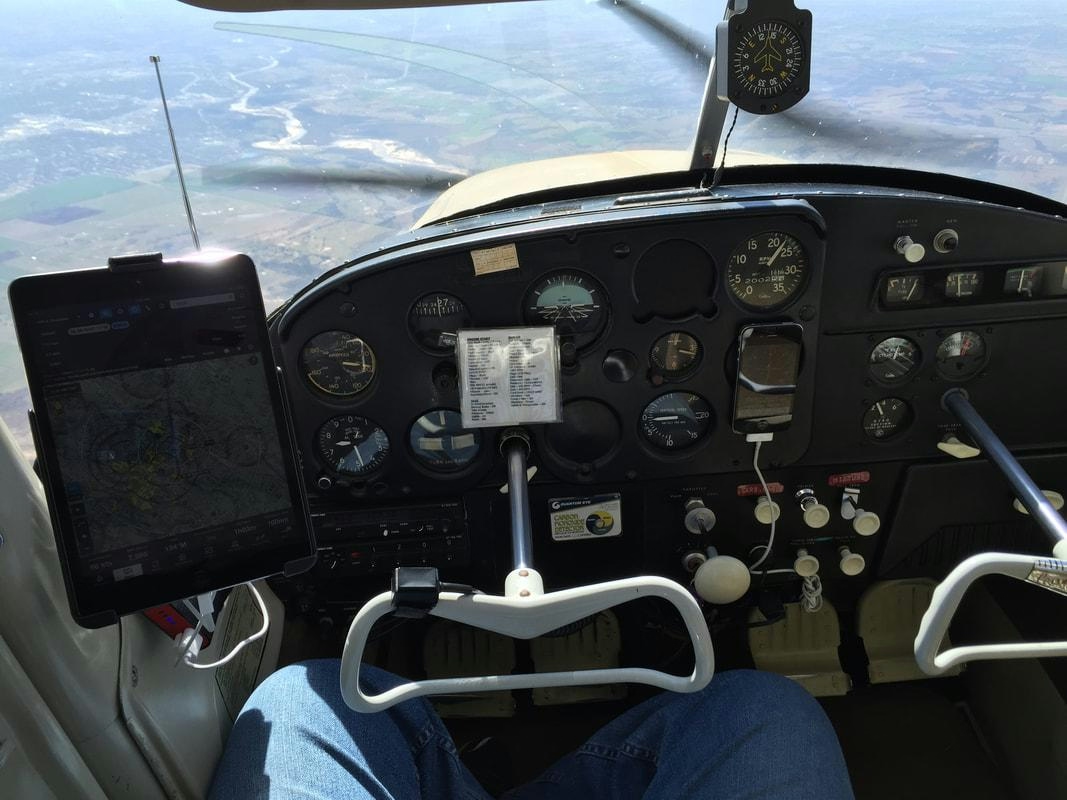
Fuel Exhaustion Caused by Incorrect Fuel Selector Installation
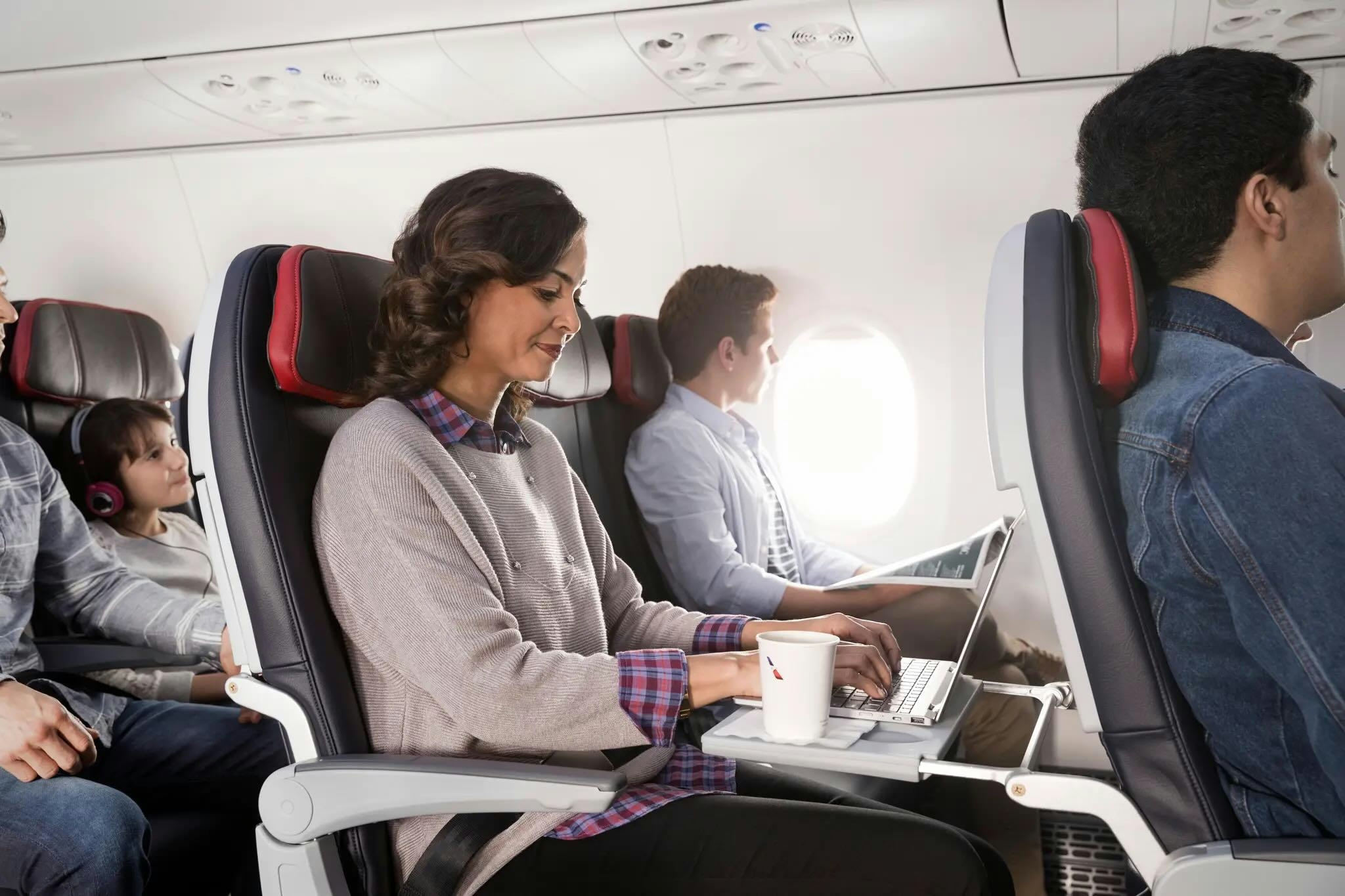
American Airlines to Offer Free Wi-Fi to Select Passengers
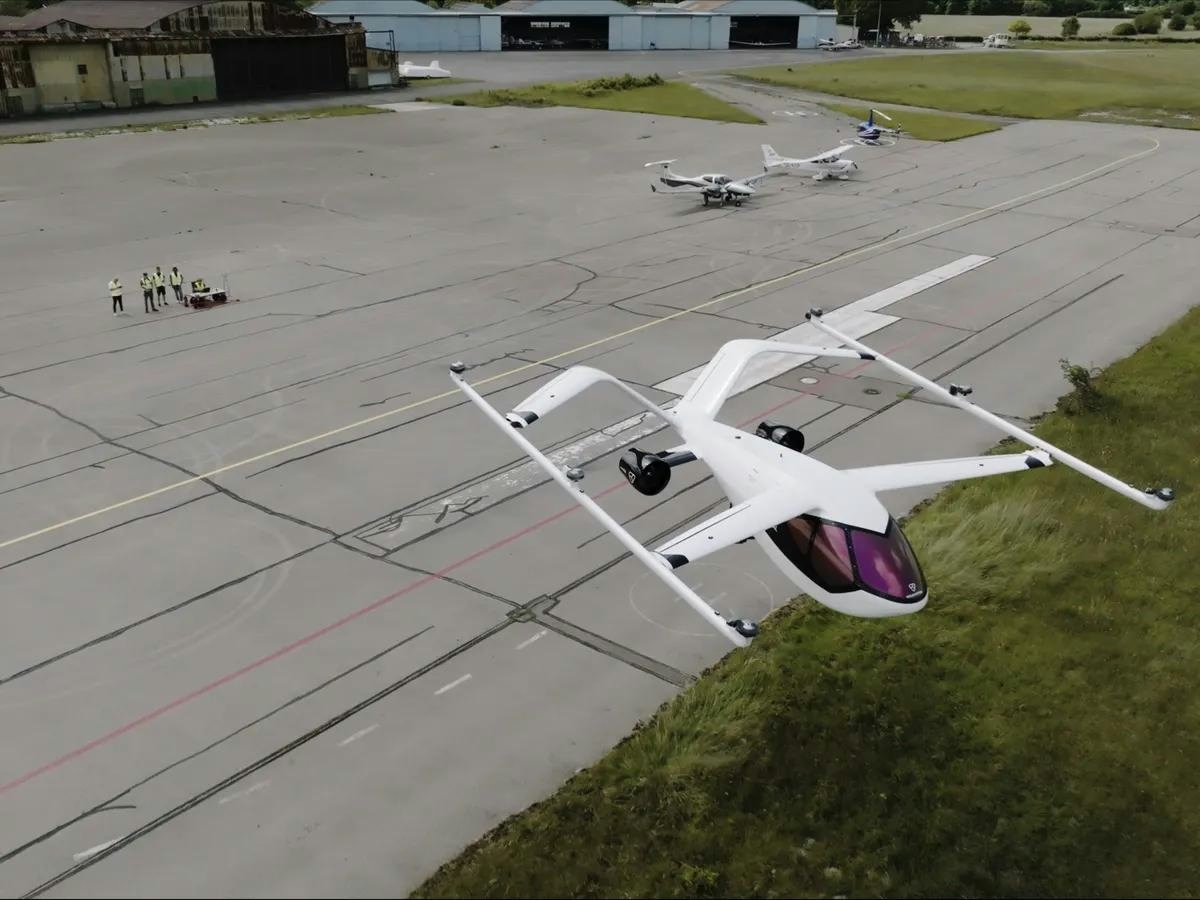
The Growing Role of eVTOL Aircraft

Joby Aviation Receives First of Two Advanced Flight Simulators from CAE
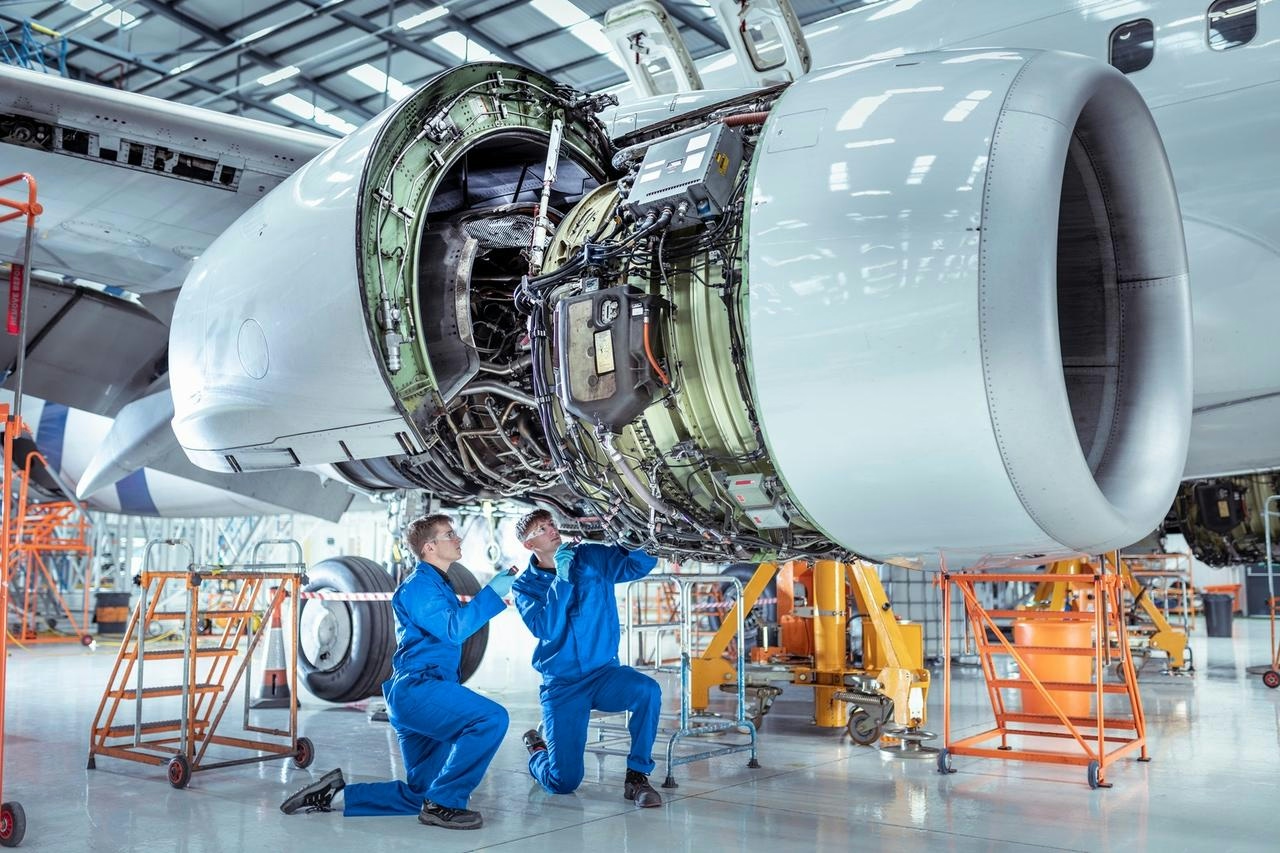
New Aviation Fund Manager Secures $1.6 Billion for Engine Deals
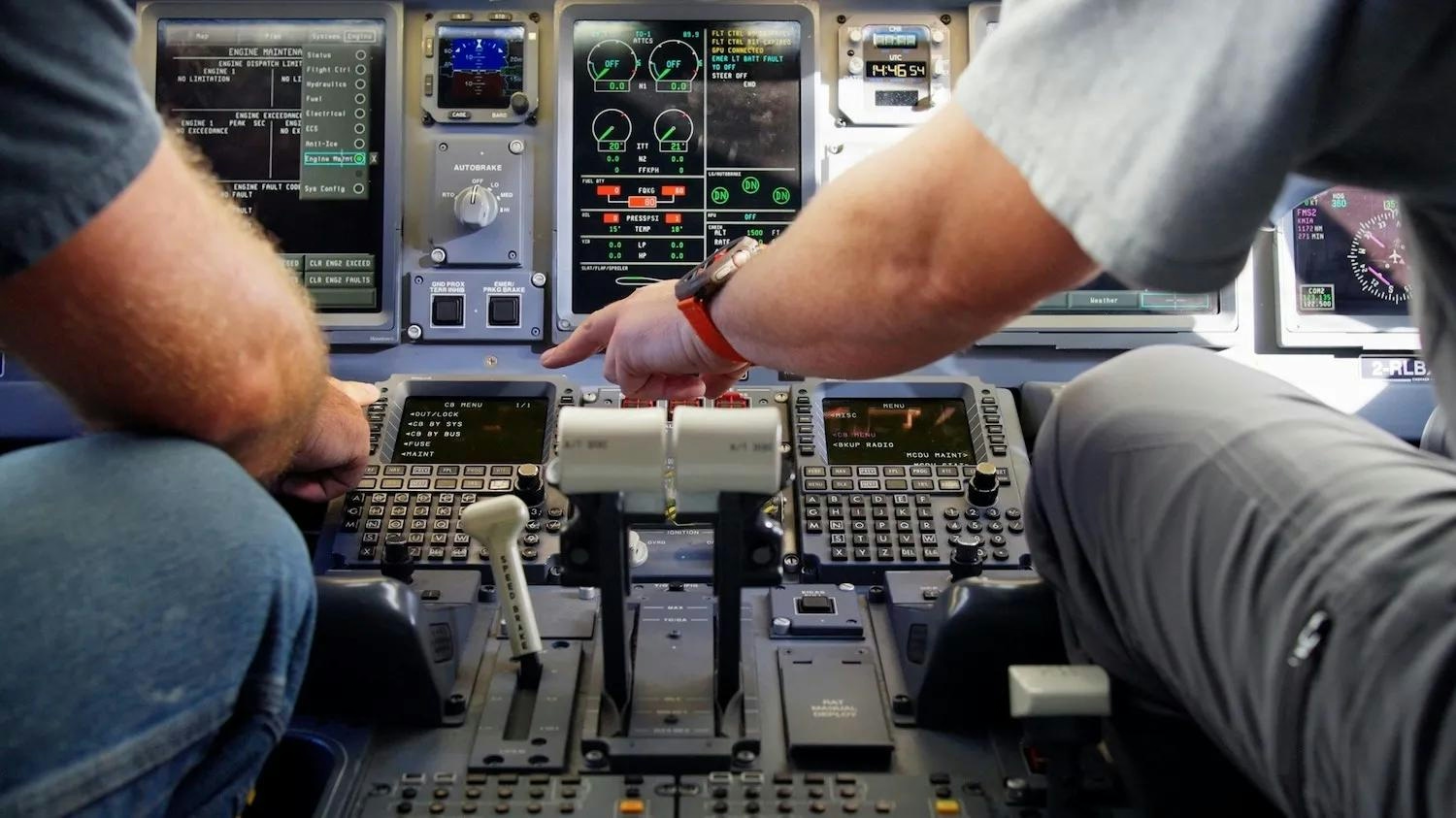
SkyWest Expands Maintenance Operations in Salina
